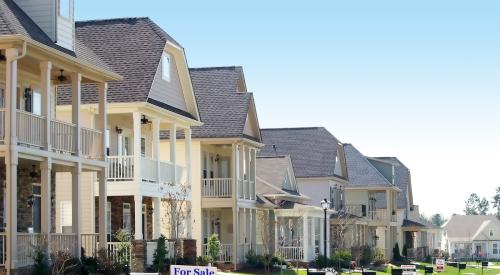As the longest economic expansion in U.S. history continues, the bulk of job creation occurred in major cities. During previous recoveries rural areas and smaller metros previously matched the rate of job growth relative to larger markets but have fallen behind during this period. So while housing values in cities appreciate as supply is out of balance with demand, homeowners in small metros and rural areas struggle to rebuild equity.
Before the Great Recession, rural markets especially were matching the pace of the largest metros at fair clip in general. They had the most job growth relative to size and over the course of the six-year expansion from the early- to mid-00s, overall home value growth was 7.1 percentage points higher than the nation (a monthly growth rate 0.3 percentage points faster than the nation). They made up 14.8% of all job creation and 10% of all home value gains. Since the recovery started in 2009, however, this share has fallen to 7% of job creation and 7.1% of home value gains, much less than what would be expected proportionally.
Zillow breaks down which cities were responsible for 23% of total U.S. home value growth despite composing just 17.5% of the national market in terms of dollar value.













